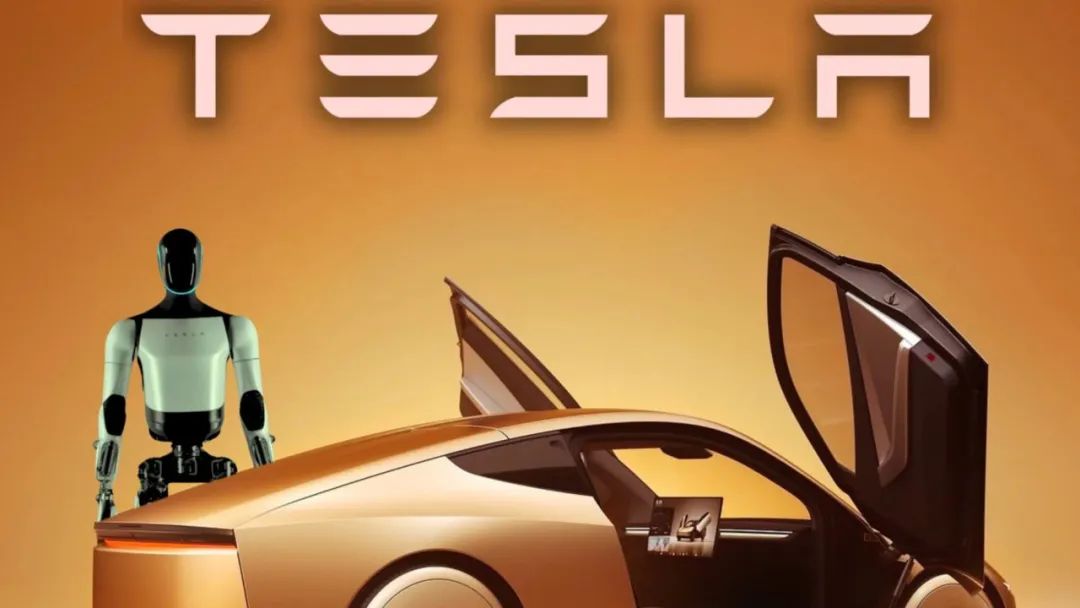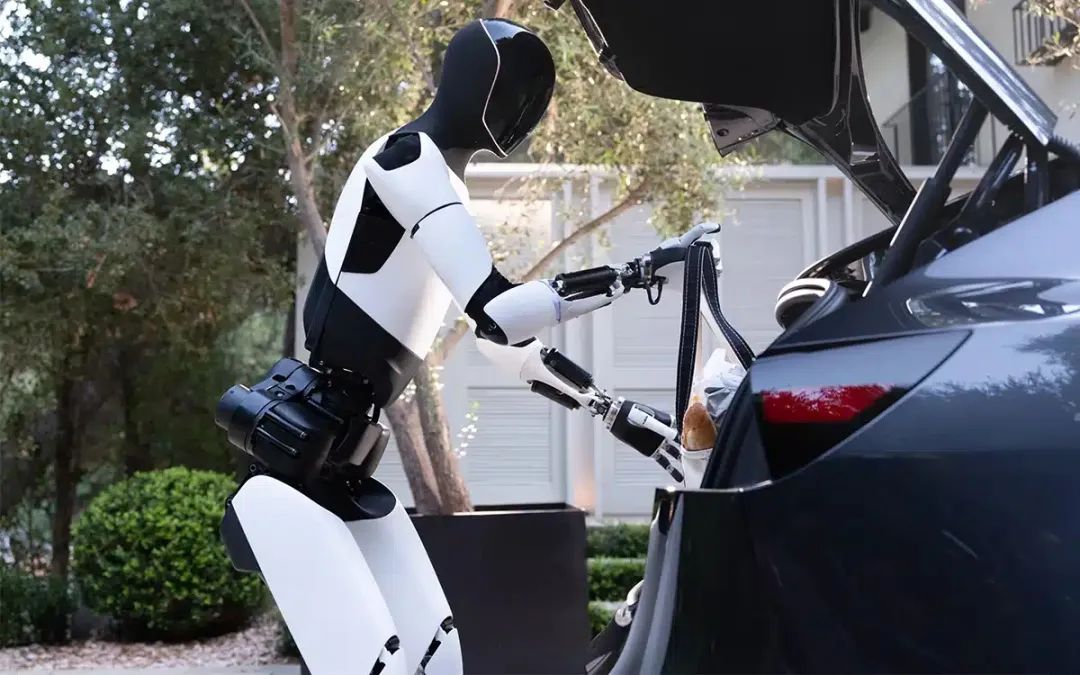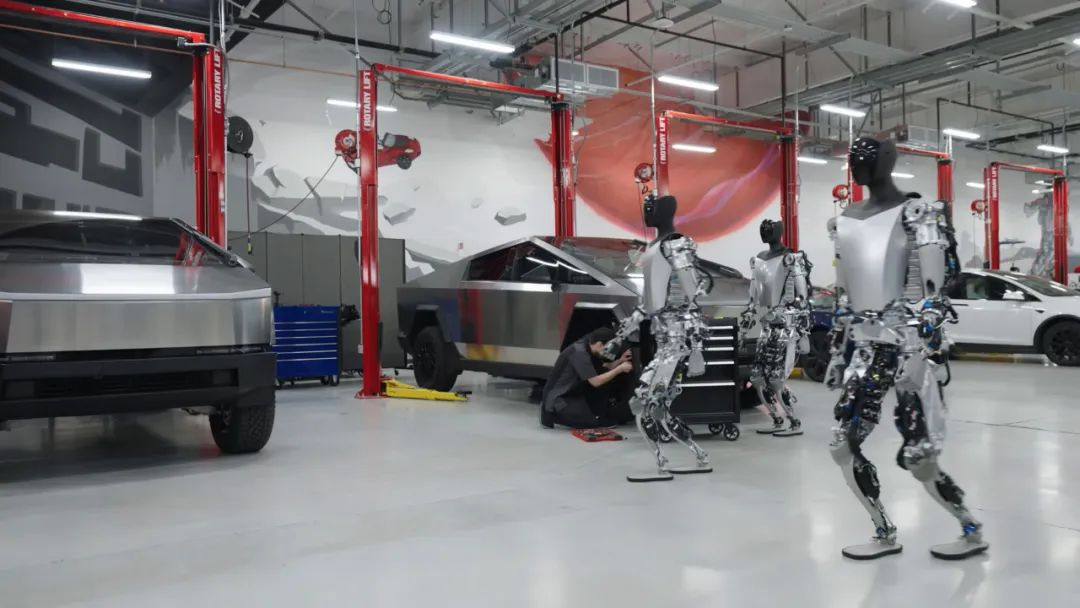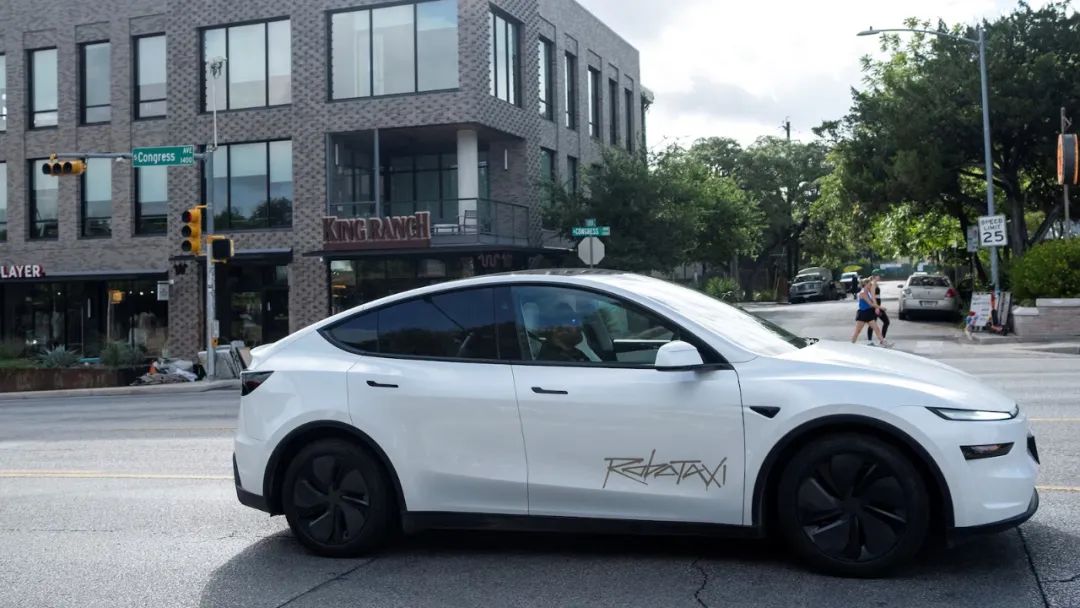Musk Unveils Bold New Goals: Robotaxi to Serve Half of Americans by Year-End, and Annual Robot Production to Reach 1 Million within Five Years!
![]() 07/25 2025
07/25 2025
![]() 571
571
Tesla released its Q2 2025 financial report on the morning of July 24, Beijing time, after market close. The report revealed that Tesla's Q2 revenue amounted to $22.496 billion, a 12% year-on-year decrease, with a GAAP net profit of $1.2 billion, down 13% year-on-year (non-GAAP net profit was $1.4 billion, a 23% year-on-year decline). Both revenue and profit witnessed double-digit drops!
Profitability wise, Q2 operating profit stood at $923 million, a 42% year-on-year decline, with operating profit margin shrinking to 4.1%, a 219 basis point decrease year-on-year. Total gross profit was $3.878 billion, down 15% year-on-year, and total gross profit margin was 17.2%, a 71 basis point contraction year-on-year. Another comprehensive downturn in key metrics.
Analyzing the business segments, core automotive revenue was $16.661 billion, a 16% year-on-year drop; power generation and energy storage revenue amounted to $2.789 billion, a 7% year-on-year decrease; the only growth was observed in the "Services and Other" segment, encompassing vehicle maintenance, with revenue of $3.046 billion, up 17% year-on-year. Gratitude to Tesla owners for contributing to Tesla's sole growing business segment!
Impacted by this financial report, which indicated declines across all metrics except for vehicle maintenance, Tesla's stock fell after market close and continued this downtrend before market open today, with a drop of around 6%.

During the earnings call, Tesla featured an unusually robust lineup of six executives, including Musk. Apart from Musk, the CFO DevOps Ninja, VP of Vehicle Software Ashok Elluswamy, VP of Vehicle Engineering Larson Moravy, VP of Energy Mike Snyder, and VP of Investor Relations Travis Axelrod were also present.
This unusually strong representation on the earnings call mirrored the lackluster financial report performance, necessitating the presence of multiple executives to address various inquiries from participants.
Musk kicked off the call, as usual, with a broad overview, primarily focusing on two major transformations Tesla urgently requires:
1. Musk believes that autonomous ride-hailing services could be accessible to half the US population by the end of the year. However, he emphasized that this is Tesla's minimum goal and requires regulatory approval. He considers it technically feasible but Tesla remains cautious and averse to risks. The service area and operating fleet are expected to grow exponentially.
2. Musk stated that they are enhancing the design of the Optimus robot and are currently utilizing version 2.5, with the prototype of version 3 anticipated by the end of this year. Mass production will commence next year, aiming to achieve annual production of 1 million units as swiftly as possible. He believes that a reasonable target is to accomplish this within less than five years.

Subsequently, CFO DevOps Ninja took the stage, elaborating on the significant financial challenges facing Tesla. The primary issues are the potential elimination of the $7,500 IRA (Inflation Reduction Act) electric vehicle tax credit by the Trump administration and the tariff hikes due to the trade war, both of which have increased Tesla's costs.
1. The $7,500 IRA electric vehicle tax credit will expire in Q3. To take advantage of this tax credit, place your order promptly, as Tesla cannot guarantee delivery for orders placed after late August.
2. DevOps Ninja noted that the impact of tariffs is evident in the income statement, with ongoing tariff costs increasing by approximately $300 million. Two-thirds of this impact is on the automotive sector, with the remainder affecting the energy sector. Due to delays in manufacturing and sales, the full extent of this impact will be felt in the upcoming quarters.
3. Regarding capital expenditures: These are primarily allocated to the Cybertruck, Semi, and other infrastructure, as well as the expansion of AI initiatives. The latest projection for full-year capital expenditures exceeds $9 billion.

VP of Vehicle Software Ashok Elluswamy addressed questions regarding Robotaxi and unsupervised FSD for personal use:
1. Robotaxi Progress: The Robotaxi service, initially launched in Austin, will continue to expand. The current operating mileage exceeds 7,000 miles and may expand to over ten times the current operational area. The next target is the San Francisco Bay Area, where they are seeking government approval. Testing is also underway in numerous other US cities, including Florida and Nevada.
2. Unsupervised FSD for Personal Use: Musk initially responded, stating that unsupervised mode for personal use could be available in some regions by the end of this year. Within this year, personal users in select US cities will be able to utilize it. Additionally, every Tesla manufactured in the US and Europe will autonomously drive from the end of the production line to the loading dock. Ashok Elluswamy added that by the end of the year, vehicles will default to being delivered from the factory to the western region and the Bay Area, with one vehicle autonomously driving to the consumer's location.

Regarding the cost of Robotaxi, the current time-based cost per mile for the pilot Robotaxi can be reduced to 30-40 cents. Musk added that if Cybercab truly optimizes autonomous driving, the time-based cost has the potential to drop below 30 cents or even reach 25 cents. If Optimus is employed for services, vehicle cleaning and maintenance, and charging, the actual cost per mile for Cybercab will be extremely low. It is anticipated that the Robotaxi business will significantly impact Tesla's finances by the end of 2026.
Regarding the timeline for personal vehicles to join the Robotaxi network, Musk said they haven't seriously considered this yet. They must first ensure that all vehicles operate solely under Tesla's control due to safety concerns. Even minor factors like tire tread can affect safety, which is why Tesla aims to conduct proper certification before allowing other vehicles to join. (It appears unlikely that individually owned Tesla vehicles will be able to generate income independently).
Regarding the FSD subscription rate, it increased by 45% last year following the price reduction and the launch of FSD 12.0.
Regarding new models, trial production was completed in June, and testing is currently underway, with mass production anticipated in the second half of the year. The appearance is similar to the Model Y but at a more affordable price. This budget-friendly model is considered crucial for reversing Tesla's declining vehicle sales.








